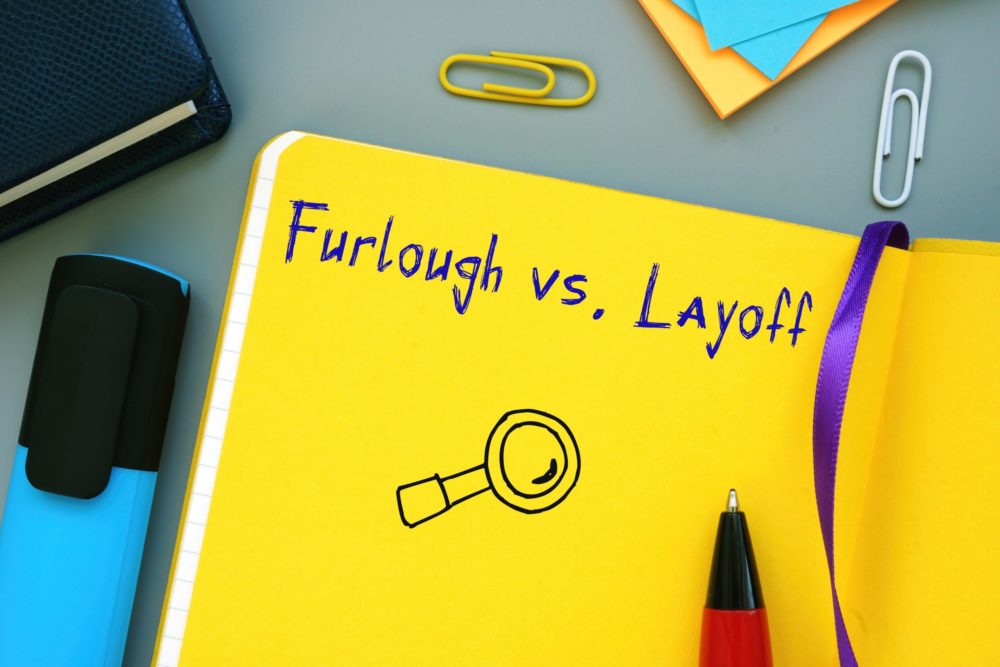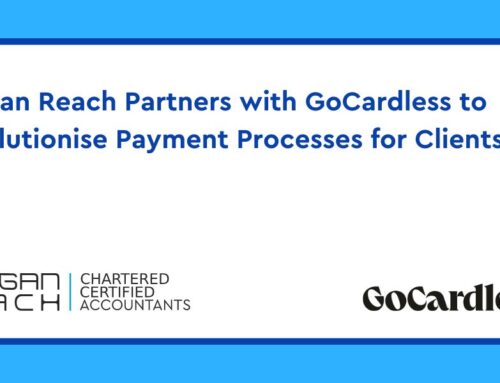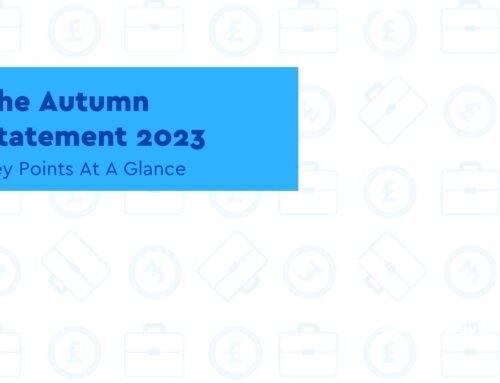From the 1st July 2020, employers were granted flexibility to decide the individual working arrangements for their business, and their furloughed staff. This allowed already furloughed staff to return to work on a flexible basis, while still receiving financial support from the government for the remaining hours of their usual contract. It has been designed to help employers begin to reopen their businesses, perhaps on a part-time basis, without there being a cliff-edge loss of government support.
How it works
From the beginning of July employers have been able to bring back previously furloughed employees for any amount of time, and for any pattern of work, and then to claim a grant from the government for hours not being worked. If your employee usually works five days a week but you only require them for three, you can continue furloughing them for the remaining two days. If you find that business improves and you then require them for four days, you can then adjust the furlough period, so it covers one day. If you find that you only need your employee for two days, then the furlough period can be increased.
This flexibility has been vital in helping businesses re-open and adapt to changed circumstances.
Eligibility
For an employee to be eligible for the flexible furlough scheme they must have been furloughed for at least three weeks, on or before 30th June. In effect this means that the last date anyone could be furloughed for the first time was the 10th June. The only exceptions to this are where parents are returning to work after taking maternity, paternity, shared parental leave, adoption leave or parental bereavement leave.
Number limits
The number of employees you can furlough in any period from the 1st July can’t exceed the maximum number of employees that a furlough claim was made for under the old scheme. These numbers don’t include returning parents.
In practice, this has created issues for employees who put a rotating furlough scheme into place. If for instance, a workforce of a hundred people was divided into two groups of fifty, and these are rotated on a three week on / three week off furlough, the employer is unable to place all 100 employees on the flexible furlough scheme for fifty percent of the week each.
How to work out pay under the flexible furlough
If furloughed staff are not being asked to return to work before the end of the government’s furlough support period, you won’t have to make any changes to how salaries are calculated. The level of government support is tapering off, so the contribution required by employers will have to increase. From the 1st September, the government’s furlough subsidy will be reduced to 70% of wages, up to a maximum of £2,190 per month. This will reduce further on 1st October to 60%, up to a maximum of £1,875 per month. Barring any last-minute changes, the furlough scheme will come to an end on the 31st October.
If they are returning to work part-time, you will need to calculate how many hours each employee usually works and subtract this from their total contracted hours.
There are some factors which can complicate this, such as the type of contract an employee has and whether they work fixed or flexible hours. The government have provided extra guidance for employers to help with their calculations.
National Insurance and Pension Contributions
Since 1st August 2020, employers have been unable to claim for employer National Insurance contributions and have had to bear the cost for all staff whether they’re furloughed or not. The same applies for auto-enrollment pension contributions.
Record keeping
The record keeping requirement for the furlough scheme require employers to keep a range of records for six years. These include:
- The amount claimed and the claim period for each employee.
- Claim reference number.
- The calculations on which the claim was based.
- Each employee’s usual working hours.
- Actual hours worked for each employee for the duration of the flexible furlough scheme.
Up-to-date professional advice
If you are currently exploring how to best make use of the remaining flexible furlough period, then our professional team can help. We can provide impartial advice on the best way to proceed.
We provide a full range of comprehensive business advice and consultancy services to help your business adapt to current circumstances, and plan strategically for the future.
Get in touch to find out more.
Morgan Reach is a well-established firm of accountants with offices in London and Birmingham. Well known for its innovative approach and placing its clients at the forefront of the practice, Morgan Reach provides a variety of accounting services such as compliance, tax services, company secretarial services, business consultancy and accounts as well as strategic growth advice for an extensive range of business sectors including manufacturing, healthcare, construction and property, retail and entertainment, media and sports.
DISCLAIMER: This article is for guidance only, and professional advice should be obtained before acting on any information contained herein. Morgan Reach Chartered Certified Accountants cannot accept any responsibility for loss occasioned to any person as a result of action taken or refrained from in consequence of the content of this article.







